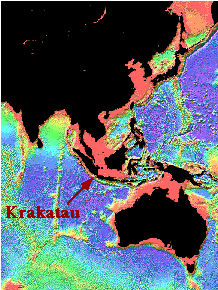This is a map of the ocean floor.
Click on image for full size
Image from: NOAA/NESDIS/National Geophysical Data Center, Boulder, CO
Krakatoa
One of the most powerful volcanic explosions in the history of the world occured at Krakatoa in the last century. Krakatoa was formerly a volcanic island located between Java and Sumatra. It was located near a region where the Indo-Australian
plate subducts under the Eurasian plate.
In May, 1883, a series of eruptions commenced which continued until August 27, 1883, when a cataclysmic explosion blew the island apart.
The large explosion was due to super-hot steam, created when the walls of the volcano ruptered and let ocean water into the magma chamber.
The island exploded with the force of 100 megatons (the Hiroshima bomb was about 20 kilotons). The explosion was heard as far away as Madagascar (2,200 miles). Tsunamis from the explosion were raised to 131 ft, and destroyed 163 villages along the coast of Java and Sumatra. Ash from the explosion rose 50 miles in altitude (higher than altitudes where airplanes fly), and it affected the weather for the next year.
Ash can have a cooling effect on weather because it remains in the sky and reduces the amount of sunlight reaching the surface.
You might also be interested in:
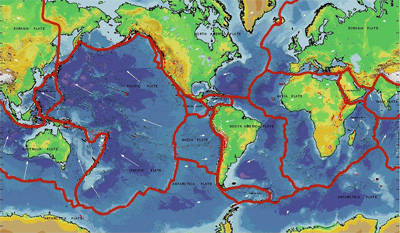
The main force that shapes our planet's surface over long amounts of time is the movement of Earth's outer layer by the process of plate tectonics. This picture shows how the rigid outer layer of the Earth,
...more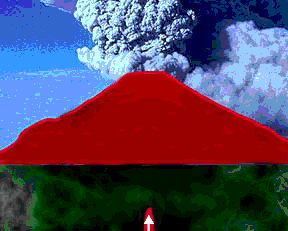
Volcanoes form when hot material from below risesand leaks into the crust. This hot material, called magma, comes either from a melt of subducted crustal material, and which is light and buoyant after
...more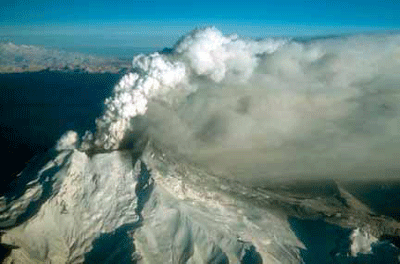
Ash is made of millions of tiny fragments of rock and glass formed during a volcanic eruption. Volcanic ash particles are less than 2 mm in size and can be much smaller. Volcanic ash forms in several ways
...more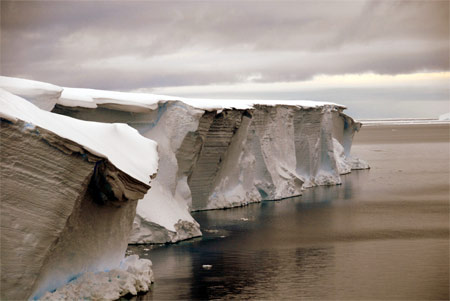
Looking for online content that can be used for a climate change education course or module? Pages linked below can be used to support an introductory climate change education for either a unit or a full
...more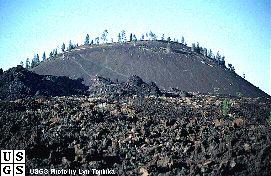
Cinder cones are simple volcanoes which have a bowl-shaped crater at the summit and only grow to about a thousand feet, the size of a hill. They usually are created of eruptions from a single opening,
...more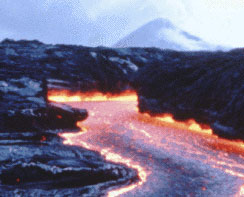
Lava can move in broad flat lava flows, or it can move through tight channels or tubes. Lava flows tend to cool quickly and flow slowly. The fastest lava outside of channels moves at about 6 mi/hr an easy
...more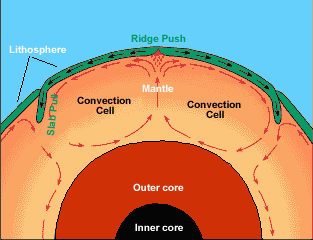
Plates at our planet’s surface move because of the intense heat in the Earth’s core that causes molten rock in the mantle layer to move. It moves in a pattern called a convection cell that forms when
...more


